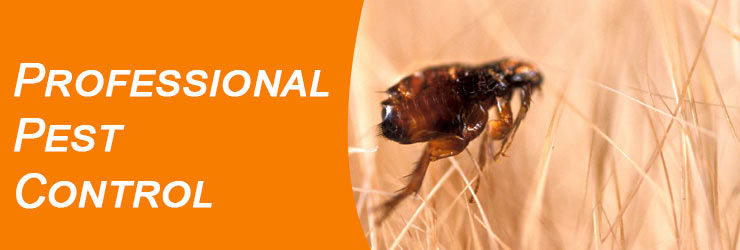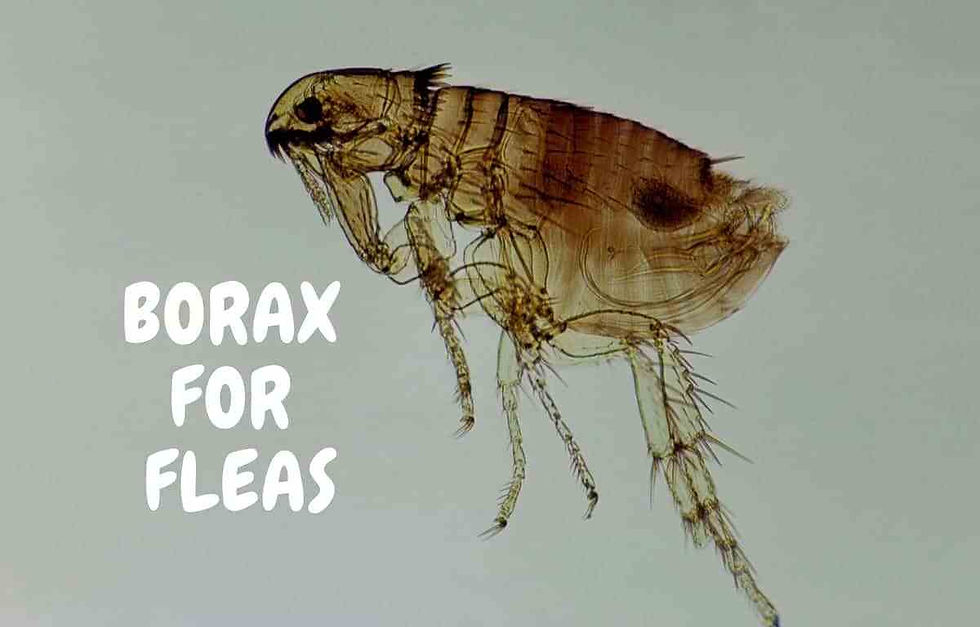Flea Termination in Home Isn't Always Easy
- Impressive
- Nov 20, 2019
- 3 min read
Flea termination isn't a slam-dunk process, whether we're trying to do it on the family dog, or rid our house of the pests. The flea is a hard customer in any event, even though the right insecticide, applied the right time, will do the job. We exterminate them or at least think we have, and before long they come right back. As it turns out, the fleas have a little secret. Most insects and some animals do as well. If you kill a bug, and its laid eggs, there eventually will be more bugs, unless you manage to kill the eggs at the same time. Many insects and some animals have a two-stage life cycle, egg, and adult. The flea has four.
If you sprinkle flea powder on your dog, or around the house, the fleas may stop biting initially. What you've accomplished is that you may have killed up to 5% of the fleas that are actually present. That's right. Only about 5% of the total flea population at any one time is adult fleas who are capable of biting. The rest are still in eggs, exist as pupae in cocoons, or are nymphs that have not yet gone through all of their molts and emerged as adults. As effective flea extermination program has to take all of the life cycle phases into account.

The adult biting fleas are the easiest to deal with from the standpoint of applying an insecticide. The right one will normally do the job. Nymphs who are out and about are susceptible to the insecticide as well. Taking care of these two life-cycle groups may reduce the overall population by a third, perhaps a bit more.
A Second Application Works, Sometimes - Some insecticides used in flea control take care of the eggs as well, though in many cases, a second application will be necessary as the eggs need to hatch before the fleas can be effectively dispatched. Since newly laid flea eggs can take several weeks to hatch, the second application of insecticide may be needed at that time, and if there are fleas in the house, there are usually freshly laid eggs as well.
And Then There are The Pupae - Once we've got rid of the adult fleas, the nymphs, and the larvae which have just hatched from the eggs in time to get a dose of insecticide, we get to the tough part. Soon after hatching, the pupae will begin to encase themselves in cocoons. This is especially true if there is not a host around they can eventually feed upon. The cocoon provides a very effective means of protection for the flea pupae. If a house undergoes not only flea extermination, but other unwanted critters, such as rats and mice are dealt with as well, there will be no host for fleas, and the pupae will remain in the cocoon until a suitable host arrives. They may remain there for up to a year! It is the presence of a warm-blooded host that triggers the mechanism by which the pupae emerges from the cocoon, goes through the nymph stage, and finally becomes a biting adult.

This explains why a vacant home, which may have been fumigated a number of months previously, can unexpectedly appear full of fleas once someone takes up residence. Even the presence of real estate agents and prospective homebuyers can begin the process of the pupae emerging from their cocoons. For heavy infestation of flea, you can get rid by taking the assistance of the Best Pest Control Gold Coast Company.
Mystery Solved? - The preceding discussion may help in clearing up the mystery as to why fleas, once thought permanently exterminated, suddenly seem to reappear, often with a vengeance. Or why a vacant house can suddenly become flea-infested, even though adult fleas cannot live for more than a few days without a blood meal. Flea extermination as it turns out is a science.




Comments